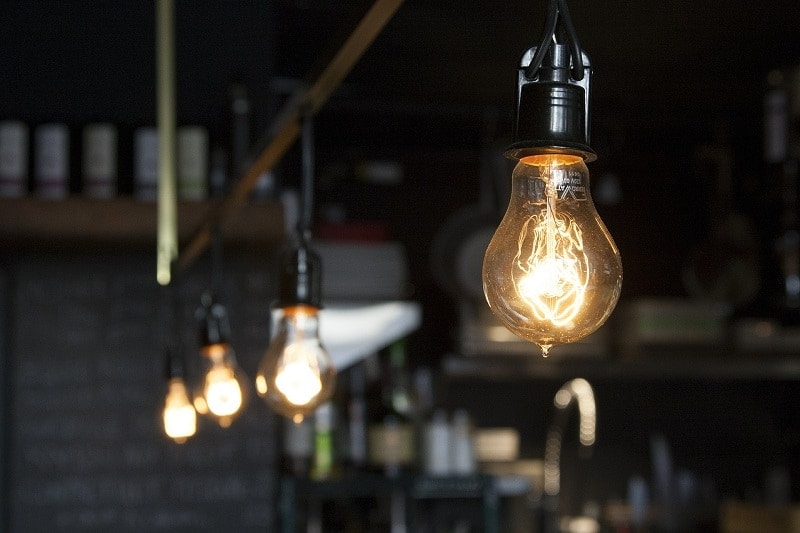How Do Light Bulbs Work? Types, Uses, & FAQ
-
Pete Ortiz
- Last updated:
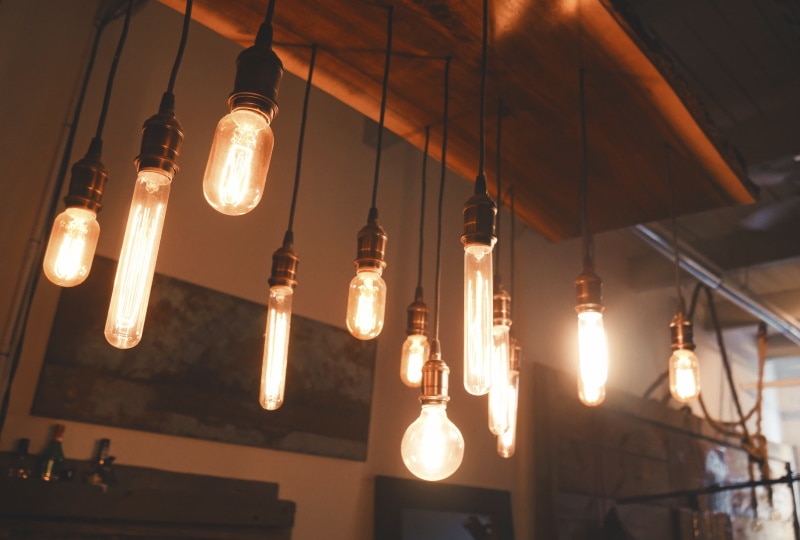
Have you ever wondered how light bulbs work? You may know that electricity is involved, but have ever stopped to think about what happens when you switch on the lamp in your room? In this article, we’ll look at the fascinating answer to this question and explore just what goes into making a light bulb work.
How Does It Work?
The technology behind light bulbs is surprisingly simple, yet it produces an impressive result. In its most basic form, a light bulb consists of a filament (the part that glows) and a base to hold the bulb in place. Let’s look at each component separately to better understand their function and purpose.
Filament
When electricity passes through the filament, it heats up and emits visible light—this is what we see when the bulb is switched on. The amount of heat produced by the filament and the intensity of the light it gives off will vary depending on the type of bulb and its wattage, but the principle remains the same.
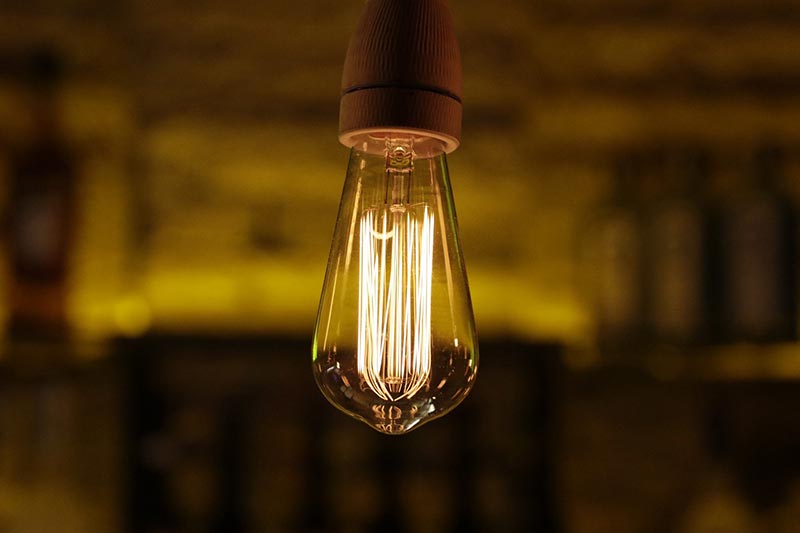
Insulation
The base helps to keep everything together and also acts as an insulator—this means that it prevents too much electricity from entering or leaving the bulb, helping to keep it from overheating or burning out.
Gas
In addition to the filament and base, some bulbs will also contain a gas to help regulate the temperature inside and make sure that the filament doesn’t overheat. This gas is usually a mixture of noble gases (such as argon), which helps to increase the lifespan of the bulb.
What Are the Different Types of Light Bulbs?
There are several different types of light bulbs, each with its own advantages and disadvantages. Here’s a quick overview of the most common types:
1. Incandescent Bulbs

These are the traditional bulbs that use a filament to generate light. They tend to be less energy-efficient than other options, but they produce a warm, inviting glow.
2. LED Bulbs

LED bulbs are a more modern option that uses tiny light-emitting diodes to generate light. They are much more efficient than incandescent bulbs and can last for up to 50,000 hours.
3. Fluorescent Bulbs
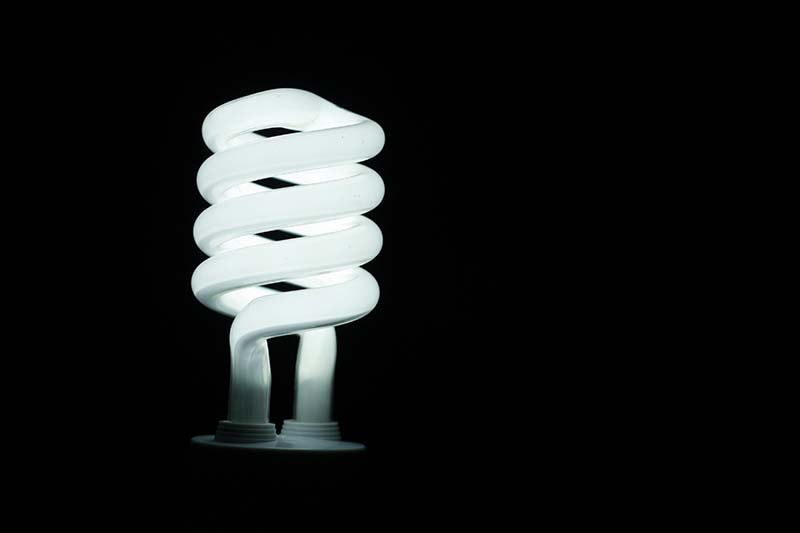
These bulbs use gas-filled tubes that produce visible light when an electric current passes through them. They are also energy-efficient and have a longer lifespan than incandescent bulbs.
Where Is It Used?
Light bulbs are used in a variety of applications, including home lighting, car headlights, traffic signals, and street lights. They come in a range of shapes and sizes, with wattages that range from just 4 watts to over 1,000 watts.
Because light bulbs can come in various shapes and sizes, it’s important to choose the right one for your needs. For example, if you need a bright light for reading in the evening, then you would likely opt for a higher wattage bulb than if you were looking for a softer light for general ambiance.
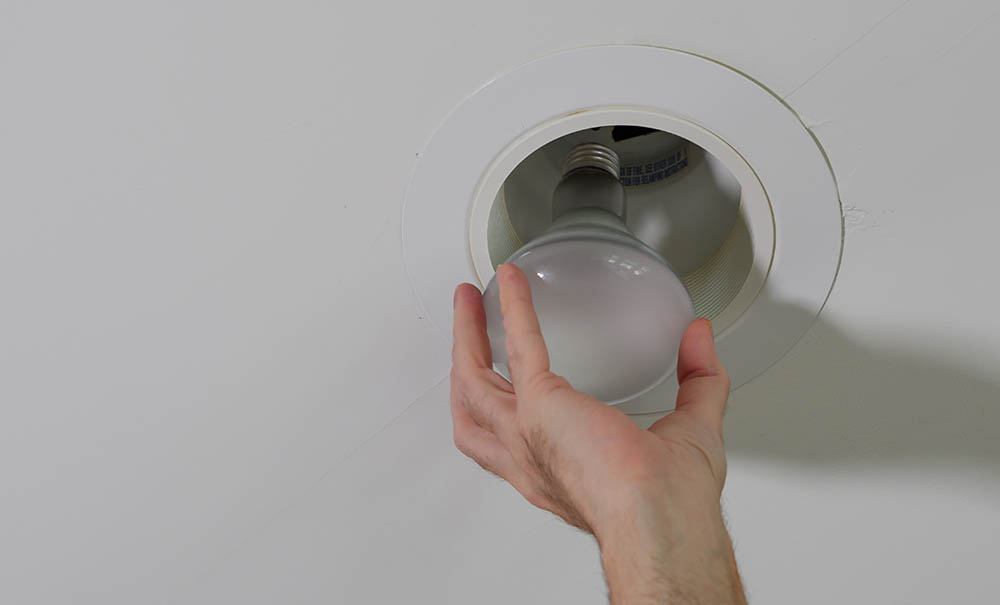
Advantages of Light Bulbs
Light bulbs offer several advantages over other forms of lighting. Firstly, they’re relatively inexpensive and easy to install—all you need is an electrical socket and some wiring to light up an area.
They also have a long lifespan, with some bulbs (LEDs) lasting up to 10 years or more before needing replacement. Other light bulbs like the Centennial Light can last even longer. This bulb in particular is installed in a firehouse in Livermore, California, and has been burning since 1901!
Finally, light bulbs are incredibly versatile and can be used to create different lighting effects. For example, you can use dimmers or colored filters to adjust the intensity and hue of the light emitted by your bulb.
Disadvantages of Light Bulbs
Light bulbs also have some drawbacks, the main one being their energy efficiency. Incandescent bulbs are notoriously inefficient and waste a large amount of energy in the form of heat compared to more modern options like LEDs or CFLs.
Another issue is that they can be dangerous when used incorrectly—it’s important to make sure that any electrical wiring or connections are properly insulated and that the bulbs themselves meet safety standards. But in most cases, a little safe handling will ensure that there are no hazards when using light bulbs.

Frequently Asked Questions (FAQs)
How do light bulbs work?
A light bulb works by producing energy in the form of heat and light. The energy is produced when an electric current passes through a thin wire filament inside the bulb, causing it to heat up and emit visible light.
How are light bulbs made?
Light bulbs are made in a variety of ways. Generally, the bulb is composed of two main parts: an outer covering and a filament inside. The outer covering is typically made from glass or plastic, while the filament is usually made from tungsten wire.
What is the life expectancy of a light bulb?
The life expectancy of a light bulb varies depending on the type and wattage. Compact fluorescent bulbs typically last anywhere from 5,000 to 10,000 hours, while LED bulbs can last 10 years or more. Incandescent bulbs generally have a much shorter lifespan of about 750 hours.
How do you know when a light bulb is burnt out?
Whenever a light bulb burns out, it will usually stop emitting light and may appear darker in color than usual. In some cases, the filament may also be visibly broken or burnt, which indicates that the bulb has reached the end of its life.
Are there any safety precautions to consider when using light bulbs?
Yes; it’s important to be careful when handling and changing light bulbs. Make sure the power is off before replacing a bulb. Some bulbs get extremely hot, so be sure to wear gloves to protect your hands from getting hurt.
Additionally, make sure you are using the correct wattage for the particular fixture. Using higher wattage bulbs than what is recommended can be a fire hazard.
Conclusion
When you think about it, the invention of lightbulbs is truly remarkable. These small devices produce bright light with simple technology, forever changing the way we live our lives.
So next time you flick a switch, take a moment to appreciate the amazing science behind it. And remember—without the invention of light bulbs, many aspects of our lives would be very different today!
- Related Read: How Are Light Bulbs Made? The Fascinating Answer!
Featured Image Credit: Piqsels
Contents


